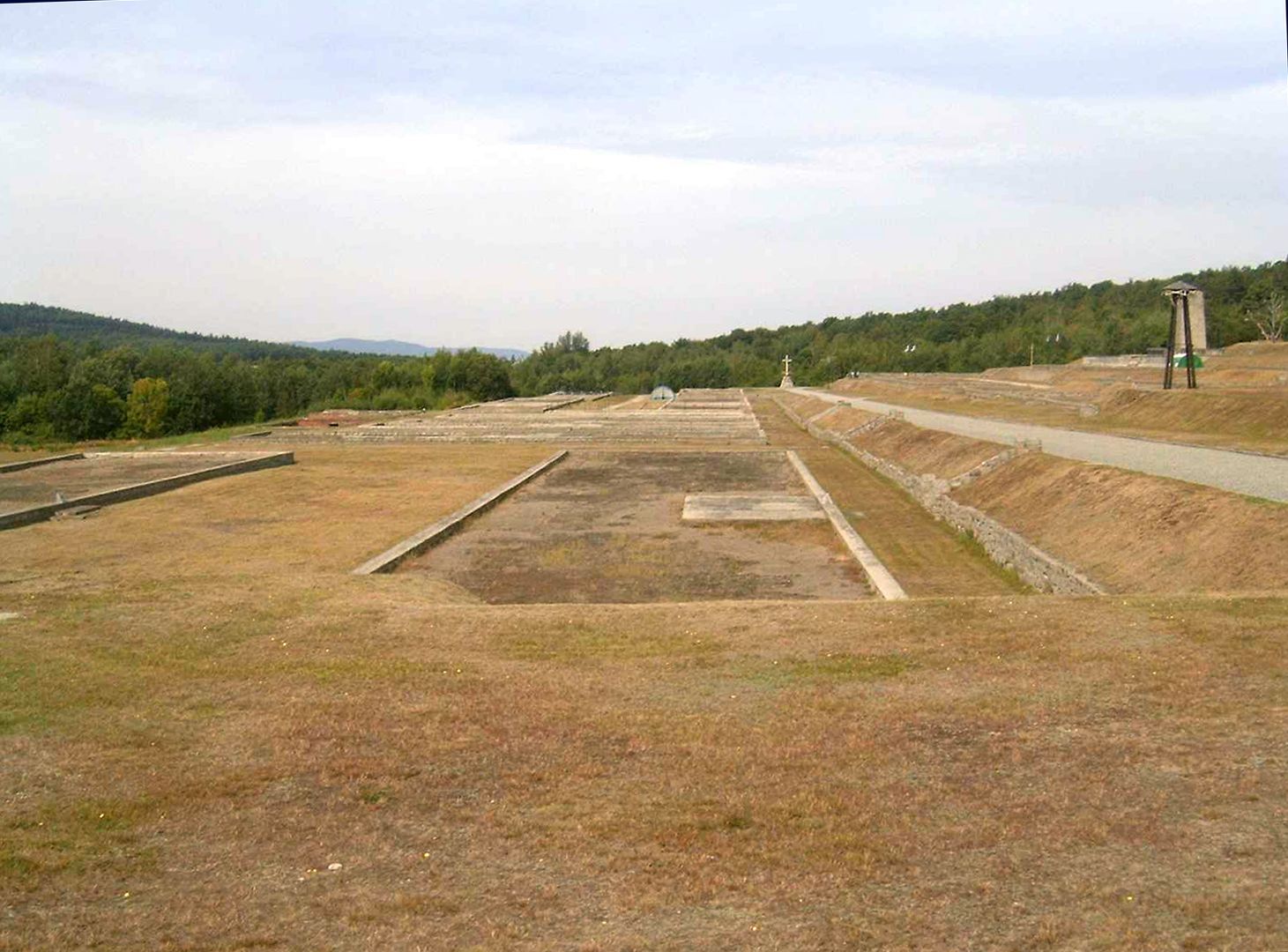Gross-Rosen
8.14

Overview
The Groß-Rosen concentration camp, established in the summer of 1940 in Poland, was one of the most brutal labor camps in the Third Reich. It consisted of several architectural and functional sections, including a women's camp and subcamps that spanned over a hundred locations. Prisoners, primarily Poles, Jews, and citizens of the USSR, were forced to work in granite quarrying. Meanwhile, the camp was strategically integrated into the process of the "Final Solution to the Jewish Question," with tragic consequences for the prisoners. Members of resistance movements were also imprisoned there, and living conditions were extremely harsh, marked by a wide range of atrocities, including the murder of prisoners of war. Approximately 40,000 people died there, and the death march in February 1945 caused additional losses. After the war, the Groß-Rosen camp was intended to be a site for investigations but soon transformed into a secret NKVD prison, complicating further research. The Gross-Rosen Museum was established in 1983, contributing to the preservation of the memory of the victims. The camp's architecture, with its remaining buildings and a monument honoring the victims of fascism, forms a legacy that continues to be studied and documented. An interesting fact is that prisoners of Groß-Rosen assisted in the construction of a secret chemical factory for IG Farben, which produced dangerous chemical weapons. Trials against German camp personnel were few, and many war criminals escaped justice, including particularly brutal figures like Karl Gallasch, who committed suicide in custody. The Groß-Rosen camp remains a crucial reference point for understanding the historical crimes of World War II.
Location
2025 Wizytor | All Rights Reserved